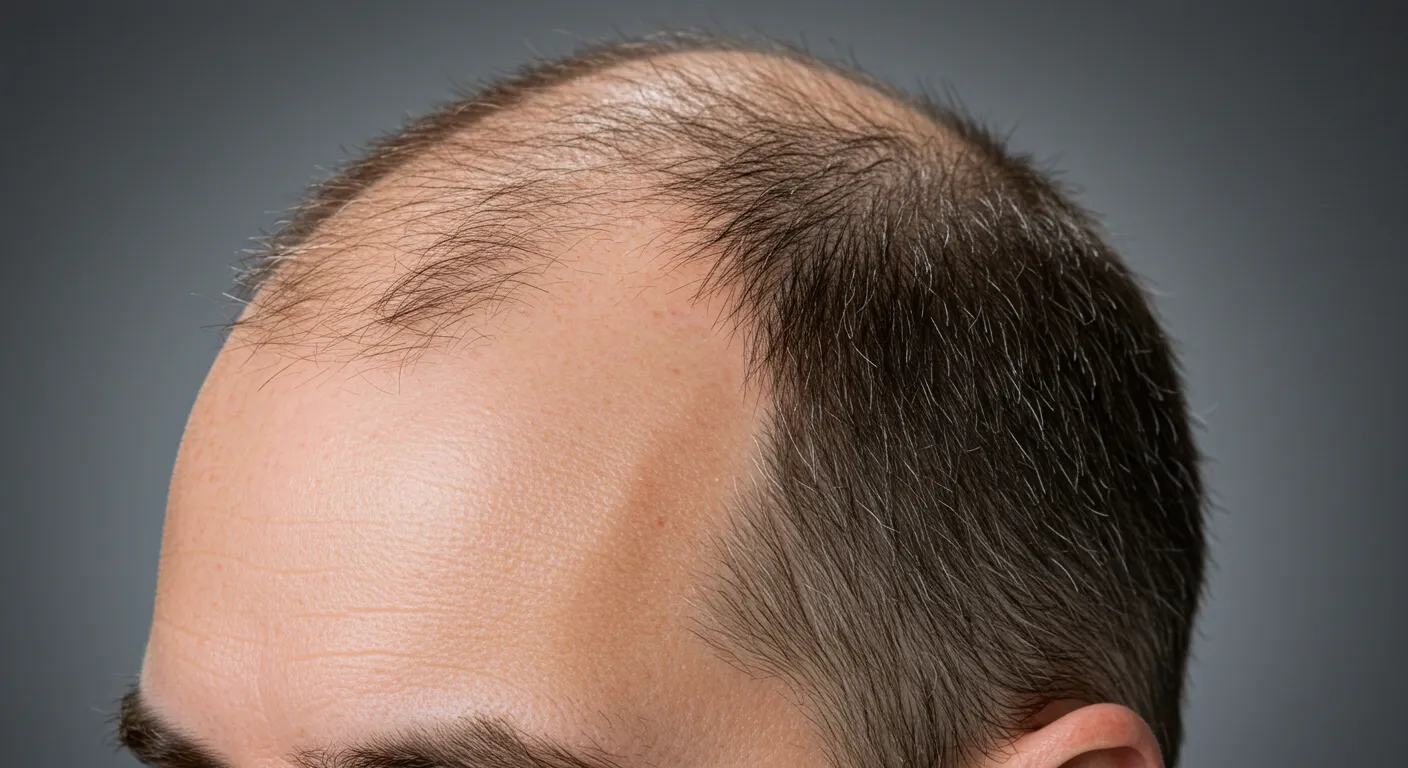Table of Contents
Key Takeaways
- Hair restoration methods now deliver natural aesthetics with less downtime, offering transformative confidence boosts for many people coping with hair loss.
- Doctors are adopting cutting-edge technology, including robotics and artificial intelligence, to improve results and personalize procedures.
- Personalized plans around genetics, hair type, and lifestyle are increasingly central to achieving the most satisfying and natural outcomes.
- Understanding procedure costs, potential risks, and realistic goals is crucial in hair restoration planning.
- Ethical care, thorough education, and practical aftercare help ensure positive and lasting results, while innovations promise even more options in the future.
What’s new in Hair Restoration?
Hair restoration has evolved from traditional surgical procedures, often involving long recovery times and unnatural results, to a new landscape focusing on appearance, comfort, and convenience, driven by innovation and patient preferences. For anyone seeking advanced solutions, diverse options in hair transplant & restoration Chevy Chase, MD demonstrate how far the field has evolved. These options reflect a desire for minimally invasive procedures, faster healing, and natural-looking outcomes. The prevalence of hair transplant procedures has risen steadily, with increasing numbers of men and women pursuing restoration to recover their confidence and self-image. This upward trend indicates technological progress and a broadening acceptance and normalization of seeking help for hair loss.
Minimally Invasive and Natural Results
Hair restoration has evolved from invasive strip harvesting methods to techniques that preserve comfort and aesthetics. Modern procedures like Follicular Unit Extraction (FUE) and Follicular Unit Transplantation (FUT) offer natural results, minimizing visible scarring and producing nearly indistinguishable results. Patients experience less discomfort and can return to normal activities within days. These minimally invasive options are described as life-changing by doctors and patients for their ease of process and quality of results.
The Rise of Robotic and AI-Assisted Procedures
Technology is revolutionizing hair transplants by improving graft extraction and placement accuracy and efficiency. Robotic assistance reduces damage and increases survival rates, making procedures faster and more consistent. Artificial intelligence maps each patient’s growth patterns, blurring the line between original and transplanted hair. This results in softer, more youthful hairlines and better density. These technological integrations increase patient confidence by reducing human error and streamlining the process.
Personalized Treatment Plans
Clinicians are implementing hyper-personalized treatment plans for hair loss, considering factors like age, genetics, hair texture, and future risk. This approach addresses current concerns and anticipates future needs, with some practitioners using digital imaging or computer modeling. Tailoring care extends beyond the technical aspects. The most effective hair restoration plans now incorporate the patient’s personal preferences, lifestyle, and long-term goals, resulting in higher satisfaction and more predictable results. Experts at Medical News Today confirm that this personalized approach helps avoid pitfalls like overharvesting and ensures longevity in results by working harmoniously with the patient’s specific features and expectations.
Recovery, Risks, and Managing Expectations
While advances continue to make hair transplants safer and less disruptive, some recovery is still necessary. Swelling, minor redness, or scalp tenderness may appear post-procedure but tend to subside within a few days. New hair follicles need several months to establish fully—most people begin to notice new growth at the three-to-six-month mark, with continued improvement for up to a year. Managing expectations is an integral part of the process. Trusted practitioners help patients understand that while results can be dramatic, perfection is an unrealistic standard. Factors such as hair color, curl, and baseline density all affect the final appearance. Realistic timelines and open conversations help recipients avoid disappointment and build patience for results to mature.
Cost Considerations and Financial Planning
Cost remains a key consideration in any hair restoration plan. Prices typically depend on factors such as the number of grafts required, the clinician’s specialization, the provider’s expertise, and the technique used. For instance, robotic and advanced FUE procedures may cost more due to technology and expert handling. A single session can range from several thousand to tens of thousands of dollars. Since most hair restoration procedures are classified as cosmetic, health insurance usually does not cover costs. Many clinics offer payment installments or financing options, which can help make treatment more accessible. Patients should plan for not just the upfront procedure but also medications, follow-up appointments, and any potential touch-up work that might be necessary down the road. Thorough research and financial planning can prevent surprises and keep the process stress-free.
Also Read: Can You Plug a Hair Dryer into a Surge Protector?
Real-Life Results and Long-Term Care
The psychological impact of successful hair restoration often rivals the physical transformation. Patients routinely describe a surge in self-confidence and a renewed willingness to participate in social and professional activities. Long-term care is crucial to protect this investment, including gentle, sulfate-free products, consistent hygiene practices, and periodic check-ins with medical professionals. Many find additional support through online groups or in-person meetups, sharing tips and encouragement with others on a similar journey. This sense of community can be invaluable during the recovery phase and beyond. Sustaining new growth may require continued attention to scalp health, nutritional balance, and, in some cases, maintenance medications or therapies their providers recommend.
The Future of Hair Restoration: Innovations on the Horizon
The innovation pipeline for hair restoration is full of promise. Researchers are investigating the potential of stem cell therapies, which could one day allow for limitless hair regeneration without the need for donor hair. Improved methods of graft preservation, more refined robotic systems, and gene-targeted treatments are also moving closer to reality. As these technologies mature, future patients may see even shorter recovery times, improved graft survival, and more adaptable solutions for a broader range of hair loss conditions. With regulatory agencies and the medical community emphasizing patient safety and ethical best practices, hair restoration is likely to remain a dynamic, hopeful field for all who experience hair loss, now and in the years to come.

